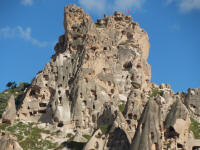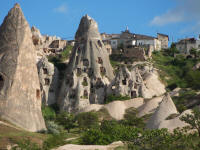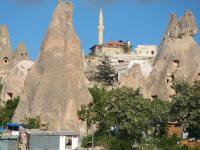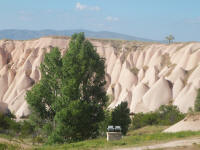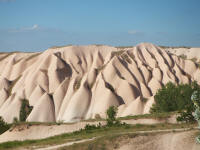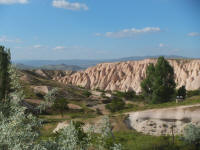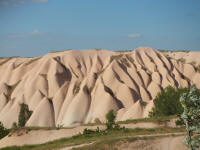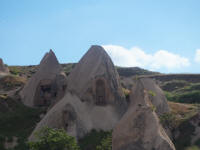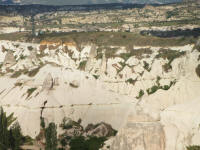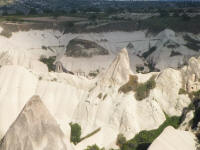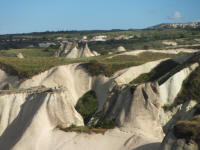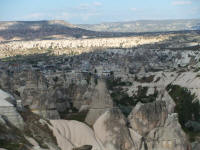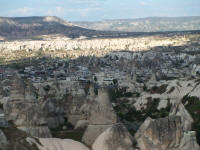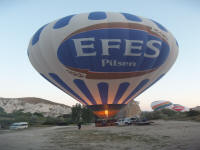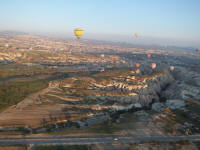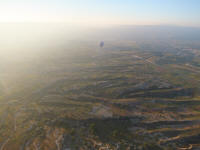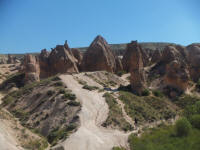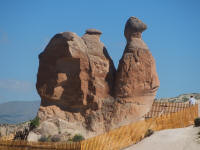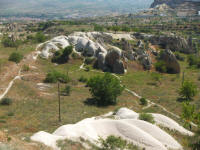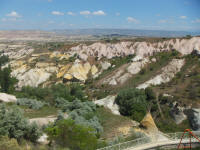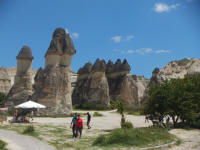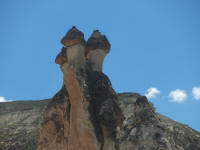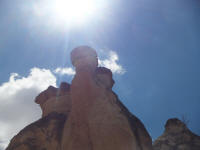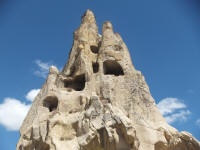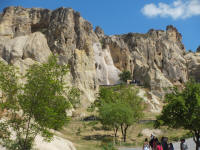
Alex Tang
Articles
- General
- Theology
- Paul
- Karl Barth
- Spiritual Formation
- Christian Education
- Spiritual Direction
- Spirituality
- Worship
- Church
- Parenting
- Medical
- Bioethics
- Books Reviews
- Videos
- Audios
- PhD dissertation
Spiritual writing
- e-Reflections
- Devotions
- The Abba Ah Beng Chronicles
- Bible Lands
- Conversations with my granddaughter
- Conversations with my grandson
- Poems
- Prayers
Nurturing/ Teaching Courses
- Sermons
- Beginning Christian Life Studies
- The Apostles' Creed
- Child Health and Nutrition
- Biomedical Ethics
- Spiritual Direction
- Spiritual Formation
- Spiritual formation communities
- Retreats
Engaging Culture
- Bioethics
- Glocalisation
- Books and Reading
- A Writing Life
- Star Trek
- Science Fiction
- Comics
- Movies
- Gaming
- Photography
- The End is Near
My Notebook
My blogs
- Spiritual Formation on the Run
- Random Musings from a Doctor's Chair
- Random Sermons from a Doctor's Chair
- Random Writings from a Doctor's Chair
- Random Spirituality from a Doctor's Chair
Books Recommendation
---------------------
Medical Students /Paediatric notes
Sedimentary rocks, formed from volcanic material between 9 and 3 million years ago, were eroded by wind and rain into minaret and pillar forms. From these the people of the region carved distinctive houses, churches and monasteries, some dating back to the Roman Empire. Many were decorated inside with colorful frescoes.

Cappadocia
Acts 2:9; 1 Peter 1:1
Cappadocia (Kapadokya) is the region of central Anatolia bounded on the east by the Euphrates River and on the south by the Taurus and Anti-Taurus mountain ranges. The name is believed to be Persian meaning “the land of the beautiful horses.” This vast treeless plateau was sparsely populated in antiquity. The Halys River the longest river in Turkey about 1355km, flows through its northen area. The ancient mountain Argaeus looms over the region, and tufa formed by its volcanic activity is responsible for its landscape. Cappadocia was the home for a nomadic people called Gomer whoa re descended from Japheth (Gen 10:2-3; 1 Chro 1:5-6) and also known as the Cimmerians. Gomer is also mentioned in Ezekiel’s prophecy (Eze 38:6) as one of the peoples who will descend upon Judah from the north. Tubal occupied a portion of Cappadocia east of Caesarea Mazaca. The translation of the Septuagint identified the region as Caphtor (Deut 2:23; Jer 47:4; Amos 9:7). It became an autonomous state in 301BCE with its capital being established at Mazaca. In the first-century CE the residents were mainly agrarian, engaged as shepherds and horse breeders. Greek culture scarcely penetrated the province except for its rulers. Cappadonian remained the main language of the region, not Greek. In 17CE, Tiberius established Cappadocia as a Roman province with Caesarea (Kayseri) the provincial capital. Later on, Vespasian formed a new super-province in 72CE that combined Cappadocia with Galatia (except Pamphylia) and Armenia Minor.
Cappadocia was the home of some of the Jewish pilgrims who were in Jerusalem for the Day of Pentecost (Acts 2:9). When the Holy Spirit was poured out, these Jews heard the apostles declaring the wonder of God in their own tongue, perhaps Cappadocian. Cappadocia was among the five Roman provinces in Anatolia addressed by Peter in his first letter (1 Peter 1:1). 2 Peter was probably addressed to these same churches (2 Peter 3:1).
Significance in Church History and Doctrine of Trinity
Church history links this region with the three 4th century Cappadocian fathers. The Cappadocian Fathers are Basil the Great (330-379), who was bishop of Caesarea; Basil's younger brother Gregory of Nyssa (c.332-395), who was bishop of Nyssa; and a close friend, Gregory of Nazianzus (329-389), who became Patriarch of Constantinople. An older sister of Basil and Gregory of Nyssa, Macrina, became a nun and converted the family's estate into a monastic community. Abbess Macrina there fostered the education and development of the three Cappadocians by providing a peaceful shelter for study and meditation. Basil the Great was the second oldest of Macrina's brothers, the eldest being the famous Christian jurist Naucratius, and another brother, Peter, also became a bishop. The grandparents had been martyrs, and their mother was also recognized as a saint.
The Cappadocian Fathers advanced the development of early Christian theology, for example the doctrine of the Trinity, and are highly respected as saints in both Western and Eastern churches. The three scholars set out to demonstrate that Christians could hold their own in conversations with learned Greek-speaking intellectuals and that Christian faith, while it was against many of the ideas of Plato and Aristotle (and other Greek philosophers), was an almost scientific and distinctive movement with the healing of the soul of man and his union with God at its center—one best represented by monasticism. They made major contributions to the definition of the Trinity finalized at the First Council of Constantinople in 381 and the final version of the Nicene Creed, finalised there.
They made key contributions to the doctrine of the Trinity and to the responses to Arianism.
Subsequent to the First Council of Nicea, Arianism did not simply disappear. The Council of Nicea had asserted that Jesus the Son was of the same substance (homoousios) as the Father. The semi-Arians taught that the Son is of like substance with the Father (homoiousios) as against the outright Arians who taught that the Son was not like the Father, but had been created, and was therefore not God. So the Son was held to be like the Father but not of the same essence as the Father.
The Cappadocians worked to bring these semi-Arians back to the orthodox cause. In their writings they made extensive use of the (now orthodox) formula "one substance (ousia) in three persons (hypostaseis)". The relationship is understandable, argued Basil of Caesarea, in a parallel drawn from Platonism: any three human beings are each individual persons and all share a common universal, their humanity. The formulation explicitly acknowledged a distinction between the Father, the Son and the Holy Spirit, (a distinction that Nicea had been accused of blurring), but at the same time insisting on their essential unity.
Thus Basil wrote:
“In a brief statement, I shall say that essence (ousia) is related to substance (hypostasis) as the general to the particular. Each one of us partakes of existence because he shares in ousia while because of his individual properties he is A or B. So, in the case in question, ousia refers to the general conception, like goodness, godhead, or such notions, while hypostasis is observed in the special properties of fatherhood, sonship, and sanctifying power. If then they speak of persons without hypostasis they are talking nonsense, ex hypothesi; but if they admit that the person exists in real hypostasis, as they do acknowledge, let them so number them as to preserve the principles of the homoousion in the unity of the godhead, and proclaim their reverent acknowledgment of Father, Son, and Holy Spirit, in the complete and perfect hypostasis of each person so named.”
Epistle 214.4.
Basil thus attempted to do justice to the doctrinal definitions of Nicea while at the same time distinguishing the Nicene position from modalism, which had been Arius's original charge against Pope Alexander in the Nicene controversy. The outcome was that Arianism and semi-Arianism virtually disappeared from the church.
Source: STM Turkey Study Trip 2013 booklet
30 May 2013
more on Bible Lands
